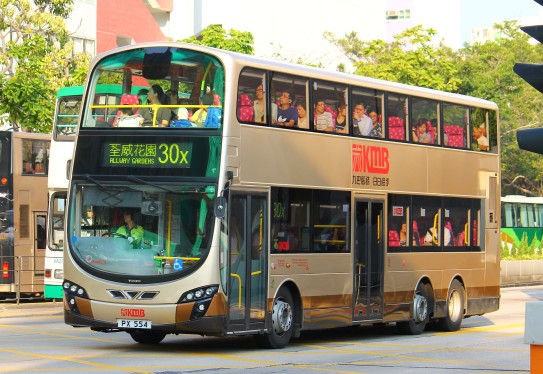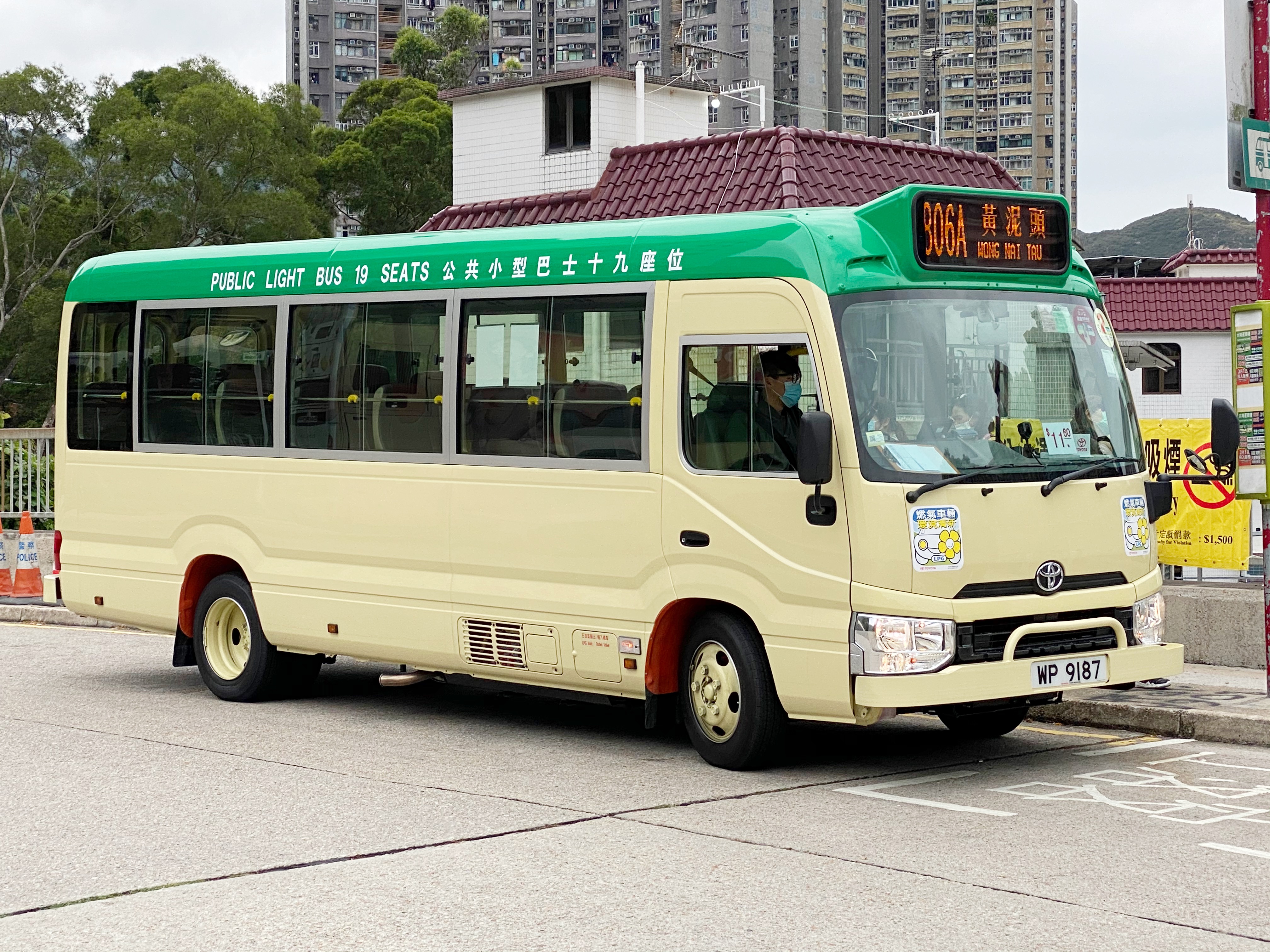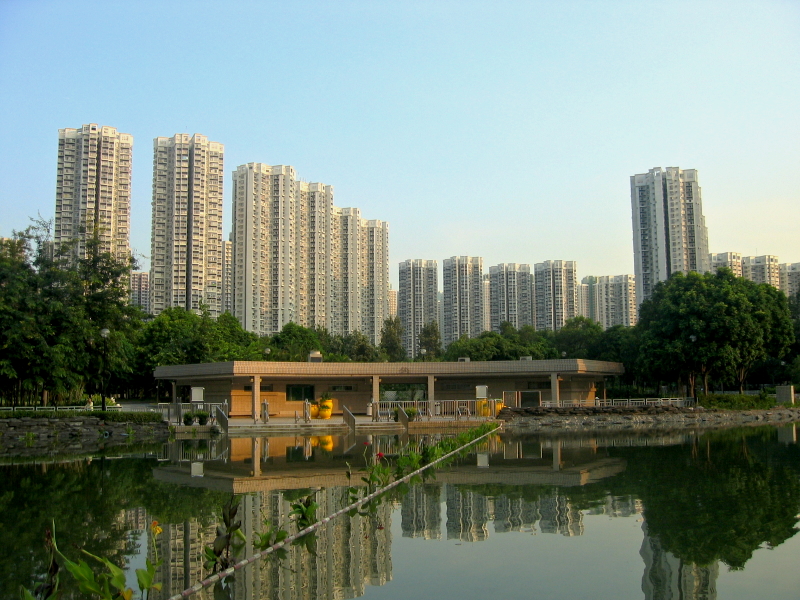|
Chestwood Stop
Chestwood () is an MTR Light Rail stop. It is located at ground level at the centre of Tin Wing Road, between Chestwood Court, Kingswood Villas Phase III, and Tin Chung Court, in Tin Shui Wai, Yuen Long District Yuen Long District (formerly romanised as Un Long) is one of the districts of Hong Kong. Located in the northwest of the New Territories, it had a population of 662,000 in 2021 Geography Yuen Long District contains the largest alluvial pla .... It began service on 26 March 1995 and belongs to Zone 4. References MTR Light Rail stops Former Kowloon–Canton Railway stations Tin Shui Wai Railway stations in Hong Kong opened in 1995 MTR Light Rail stops named from housing estates 1995 establishments in Hong Kong {{MTR-stub ... [...More Info...] [...Related Items...] OR: [Wikipedia] [Google] [Baidu] |
Bus Services In Hong Kong
Bus services in Hong Kong have a long history. As of 2016, five companies operate franchised public bus services. There are also a variety of non-franchised public bus services, including feeder bus services to railway stations operated by MTR, and residents' services for residential estates (particularly those in the New Territories). History Current situation Bus services in Hong Kong can be roughly divided into three types: franchised buses, non-franchised buses and public light buses. Franchised bus As of 2014, there are five privately owned bus companies providing franchised bus services across Hong Kong, operating more than 700 routes with some 5,800 buses. Hong Kong is one of the few cities in the world that bus services are not operated or owned by the Government. These are the five franchised bus companies in Hong Kong: * Kowloon Motor Bus Company (1933) Limited Mainly provides service in Kowloon and New Territories, operating about 400 routes with about 3,850 bu ... [...More Info...] [...Related Items...] OR: [Wikipedia] [Google] [Baidu] |
Minibus
A minibus, microbus, minicoach, or commuter (in Zimbabwe) is a passenger-carrying motor vehicle that is designed to carry more people than a multi-purpose vehicle or minivan, but fewer people than a full-size bus. In the United Kingdom, the word "minibus" is used to describe any full-sized passenger-carrying van or panel truck. Minibuses have a seating capacity of between 12 and 30 seats. Larger minibusses may be called midibuses. Minibuses are typically front engine step in vehicles, although low floor minibuses do exist and are particularly common in Japan. Minibuses may range in price from £2000 to nearly £100,000. History It is unknown when the first minibus vehicle was released but it is possible that the first one was the 1935-1955 Chevrolet Suburban or the Volkswagen Transporter, even though the Suburban is thought by most to be an SUV, the first generation to the third generation could have theoretically be classified as minibusses today. Usage Minibuses are u ... [...More Info...] [...Related Items...] OR: [Wikipedia] [Google] [Baidu] |
Side Platform
A side platform (also known as a marginal platform or a single-face platform) is a platform positioned to the side of one or more railway tracks or guideways at a railway station, tram stop, or transitway. A station having dual side platforms, one for each direction of travel, is the basic design used for double-track railway lines (as opposed to, for instance, the island platform where a single platform lies between the tracks). Side platforms may result in a wider overall footprint for the station compared with an island platform where a single width of platform can be shared by riders using either track. In some stations, the two side platforms are connected by a footbridge running above and over the tracks. While a pair of side platforms is often provided on a dual-track line, a single side platform is usually sufficient for a single-track line. Layout Where the station is close to a level crossing (grade crossing) the platforms may either be on the same side of the cross ... [...More Info...] [...Related Items...] OR: [Wikipedia] [Google] [Baidu] |
Kowloon-Canton Railway Corporation
The Kowloon-Canton Railway Corporation (KCRC; ) is a Hong Kong wholly government-owned railway and land asset manager. It was established in 1982 under the Kowloon-Canton Railway Corporation Ordinance for the purposes of operating the Kowloon–Canton Railway (KCR), and to construct and operate other new railways. On 2 December 2007, the MTR Corporation Limited (MTRCL), another railway operator in Hong Kong, took over the operations of the KCR network under a 50-year service concession agreement, which can be extended. Under the service concession, KCRC retains ownership of the KCR network with the MTRCL making annual payments to KCRC for the right to operate the network. The KCRC's activities are governed by the KCRC Ordinance as amended in 2007 by the Rail Merger Ordinance to enable the service concession agreement to be entered into with the MTR Corporation Limited. The XRL Hong Kong Section and the Sha Tin–Central Link have since been injected by the Hong Kong Government ... [...More Info...] [...Related Items...] OR: [Wikipedia] [Google] [Baidu] |
MTR Corporation
MTR Corporation Limited is a majority government-owned public transport operator and property developer in Hong Kong which operates the Mass Transit Railway, the most popular public transport network in Hong Kong. It is listed on the Hong Kong Exchange and is a component of the Hang Seng Index. The MTR additionally invests in railways across different parts of the world, including franchised contracts to operate rapid transit systems in London, Sweden (Stockholm Metro and the MTRX Stockholm–Gothenburg rail link), Beijing, Hangzhou, Macau, Shenzhen, Sydney, and a suburban rail system in Melbourne. History The Mass Transit Railway Corporation () was established on 22 September 1972 as a government-owned statutory corporation to build and operate a mass transit railway system to meet Hong Kong's public transport needs. On 30 June 2000, the MTRC was succeeded by the MTR Corporation Limited (MTRCL, ). As with the MTRC, the MTRCL's principal business is to operate the mass tr ... [...More Info...] [...Related Items...] OR: [Wikipedia] [Google] [Baidu] |
Light Rail (MTR)
The Light Rail, also known as the Light Rail Transit (LRT), officially the North-West Railway, is a light rail system in Hong Kong, serving the northwestern New Territories, within Tuen Mun District and Yuen Long District. The system operates over Track gauge, gauge track, using 750 Volt, V Direct current, DC Overhead line, overhead power supply. It was once one of four systems comprising the Kowloon–Canton Railway, KCR network in Hong Kong, before the MTR–KCR merger in 2007. It has a daily ridership of about 483,000 people. History Planning and commencement When Tuen Mun was developed in the 1970s, the Government of Hong Kong, Hong Kong government set aside space for the laying of rail tracks. There was uncertainty however as to which company would be chosen to build the railway. In 1982, Hong Kong Tramways showed interest in building the system and running aerial tramway, double-decker trams on it, before abandoning the project after negotiations over land premiu ... [...More Info...] [...Related Items...] OR: [Wikipedia] [Google] [Baidu] |
Kingswood Villas
Kingswood Villas () is a private housing estate in Tin Shui Wai, New Territories, Hong Kong. It has a total of 58 residential blocks and 15,808 units in six phases. It is the first private housing estate in Tin Shui Wai and one of the largest private housing estates in Hong Kong. It was developed by Cheung Kong Holdings from 1991 to 1999. Phases *Phase 1: Locwood Court () *Phase 2: Sherwood Court () *Phase 3: Chestwood Court () *Phase 4: Kingswood Ginza () *Phase 5: Lynwood Court () *Phase 6: Maywood Court () *Phase 7: Kenswood Court () File:HK Kingswood Villas Locwood Court.jpg, Phase 1 (Locwood Court) File:Kingswood Villas Sherwood Court.jpg, Phase 2 (Sherwood Court) File:HK Kingswood ChestwoodCourt.jpg, Phase 3 (Chestwood Court) File:HK Kingswood Ginza.jpg, Phase 4 (Kingswood Ginza) File:HK Kingswood LynwoodCourtView1.jpg, Phase 5 (Lynwood Court) File:HK Kingswood Maywood Court.jpg, Phase 6 (Maywood Court) File:HK Kingswood Villas KenswoodCourt.jpg, Phase 7 (Kenswood Cour ... [...More Info...] [...Related Items...] OR: [Wikipedia] [Google] [Baidu] |
Tin Chung Court
Tin Chung Court () is a Home Ownership Scheme court developed by the Hong Kong Housing Authority in Tin Shui Wai, New Territories, Hong Kong, near Tin Wah Estate, Light Rail Chestwood stop and Tin Shui Wai Park. It comprises 15 residential blocks completed in 1999 and 2002 respectively. History Short piling scandal In 1999, the piles of Blocks K (Chung Po House) and L (Chung Ho House) were found to be shortened by up to seven meters compared with the standard requirement. Foundation strengthening works was then carried out in the block and completed in 2002. 640 units in the two blocks were sold to the public in 2009. Houses Demographics According to the 2016 by-census, Tin Chung Court had a population of 18,044. The median age was 41.6 and the majority of residents (95.5 per cent) were of Chinese ethnicity. The average household size was 3.1 people. The median monthly household income of all households (i.e. including both economically active and inactive households) was HK ... [...More Info...] [...Related Items...] OR: [Wikipedia] [Google] [Baidu] |
Tin Shui Wai
Tin Shui Wai New Town is a satellite town in the northwestern New Territories of Hong Kong. Originally a ' fish pond area, it was developed in the 1980s as the second new town in Yuen Long District and the eighth in Hong Kong. It is due northwest of Central, the main business area in the territory, on land reclaimed from low-lying areas south of Deep Bay, next to historic Ping Shan. while the total projected population for when the town is fully built-out is about 306,000. History The land on which Tin Shui Wai was built did not exist at the beginning of the 1900s, while the adjacent Ping Shan was by the sea. The water north of Ping Shan gradually turned to marshes and villagers converted them into pools and rice paddies. The pools became ''gei wai'' fish ponds where most of the residents were fishermen before the new town was developed. With the decline in aquaculture, most of the fish ponds were abandoned. The Hong Kong Government developed the area into a new town t ... [...More Info...] [...Related Items...] OR: [Wikipedia] [Google] [Baidu] |
Yuen Long District
Yuen Long District (formerly romanised as Un Long) is one of the districts of Hong Kong. Located in the northwest of the New Territories, it had a population of 662,000 in 2021 Geography Yuen Long District contains the largest alluvial plain in Hong Kong, the Yuen Long-Kam Tin plain. With an area of 144 km2, the district covers many traditional villages including Ping Shan Heung, Ha Tsuen Heung, Kam Tin Heung, Fung Kat Heung, Pat Heung, San Tin Heung and Shap Pat Heung, as well as Yuen Long Town and Tin Shui Wai. Two new towns have been developed within this district. Yuen Long New Town was developed from the traditional market town of Yuen Long Town from the late 1970s. Tin Shui Wai New Town has developed since the early 1990s, and is built on land reclaimed from former fish ponds once common in the district. History According to archaeological findings, there were inhabitants settled in the district around 3,500 years ago. The ruling clan of the Tang Clan () l ... [...More Info...] [...Related Items...] OR: [Wikipedia] [Google] [Baidu] |
MTR Light Rail Stops
The Mass Transit Railway (MTR) is a major public transport network serving :Hong Kong. Operated by the MTR Corporation Limited (MTRCL), it consists of heavy rail, light rail, and feeder bus service centred on a 10-line rapid transit network serving the urbanised areas of Hong Kong Island, Kowloon, and the New Territories. The system included of rail as of 2022 with 167 stations, including 98 heavy rail stations, 68 light rail stops and one high-speed rail terminus. Under the government's rail-led transport policy, the MTR system is a common mode of public transport in Hong Kong, with over five million trips made in an average weekday. It consistently achieves a 99.9 per cent on-time rate on its train journeys. As of 2018, the MTR has a 49.3 per cent share of the franchised public transport market, making it the most popular transport option in Hong Kong. The integration of the Octopus smart card fare-payment technology into the MTR system in September 1997 has further en ... [...More Info...] [...Related Items...] OR: [Wikipedia] [Google] [Baidu] |
Former Kowloon–Canton Railway Stations
A former is an object, such as a template, gauge or cutting die, which is used to form something such as a boat's hull. Typically, a former gives shape to a structure that may have complex curvature. A former may become an integral part of the finished structure, as in an aircraft fuselage, or it may be removable, being using in the construction process and then discarded or re-used. Aircraft formers Formers are used in the construction of aircraft fuselage, of which a typical fuselage has a series from the nose to the empennage, typically perpendicular to the longitudinal axis of the aircraft. The primary purpose of formers is to establish the shape of the fuselage and reduce the column length of stringers to prevent instability. Formers are typically attached to longerons, which support the skin of the aircraft. The "former-and-longeron" technique (also called stations and stringers) was adopted from boat construction, and was typical of light aircraft built until the ad ... [...More Info...] [...Related Items...] OR: [Wikipedia] [Google] [Baidu] |


.png)

.png)


